Sometimes, it’s hard to get into an album – as a listener, or as a reviewer. And in other cases, it just happens naturally. The latter is the case with Murky Red‘s new album No Pocus without Hocus, and album that I could listen to since 4 weeks before the official release. [acfw id=2]
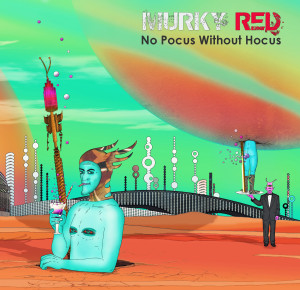
Album cover – click for hi-res image
With this album, it is clear that Murky Red have grown since their debut – or maybe they just stopped being shy and are no longer holding back on what they have been wanting to play all the time. Of course, they still mix rock and blues, more elements have been added now. Heavy guitar riffs, mixed with melodic guitar solos, a well educated organ, and some nicely mixed in percussion are used to build rock walls, which are interleaved with psychedelic sound trips (no, not soundscapes), surrounding the hypnotising voice of Stef Flaming.
All of that is immediately part of the opening track Pixelated Friends, a slow, dragging piece that only speeds up briefly in the end. The topic of the track is clear from the single line “I smoked all my hashtags with some pixelated friends“, which is also a good indication of the looseness and humour the band puts in their lyrics.
This is no different in Stoned And Horny, which talks of similar experiences, but musically is almost a tribute to The Doors, Gong and maybe even some Deep Purple. After a rather rocking, shining opening (the horny part), it moves to the slow, spacey stoned part before exploding again – as if the Unknown Soldier was mixed with The End, after adding bits of Mule. Served in a tea cup… and followed by the indeed hypnotising, Sweet Dark Hypnosis.
It’s not all humour though, Murky Red does have a serious side, which shows in the care taken to compose their music, but also in the lyrics of She’s Crying Diamonds and Collateral Damage.
The first talks of a woman who seems to have lost a life of luxury, ending in the gutter, where ‘the people in the street no longer care‘. This is accompanied by a piano, dark guitar riffs and percussion that was described by a listener on my ISCK Rock Radio show as if ‘cannibals are playing the drums while making dinner’. With an instrumental midsection that features alternating guitar and keyboard leads around that same rhythm pattern, this is best described as a sad song transformed to psychedelic rock.
The second of these two, Collateral Damage, is an 6.5 minute musical description of the madness of war. Starting out rather melodically, with some guitar parts played by guest musician and producer Colin Tench, it builds up a darker and gloomier mood, with varying guitar parts, war sounds in the background, and a short eight line verse that was written already in in 1993, and that perfectly summarises the madness this is track about:
“Hear the soldiers sing
Songs of hope
And songs of suffering
Hear the children cry
See the widow’s tears
Fill her near-dead eyes
This is the pain of a nation
In times of war”
The rockier, more straight forward side of Murky Red shows on tracks like Nothing Can Go Wrong, the story of Delilah, which is centered around a heavy, fuzzed guitar mixed with an organ. The instrumental part contains a funny, jumpy bass line that made me skip back a few times. This continues into A Wooden Groove, which is 70s space rock transferred to the 21st century. The lyrics of this one are written by one who smoked too many pine needles, first singing of a tree, then explaining that the remainder of the song (a good 3 minutes) are indeed instrumental.
The last third of the album consists of four quite different tracks, starting with Bad Wolf of the Pack, which opens with a slow Gilmouresque guitar – returning to the old Murky Red adagium that they mix Pink Floyd and blues. Slow vocals, a clean guitar and simple but very fitting percussion (bongos) do the trick here. Not a complicated song at first listen, but I bet every cover band would get it wrong.
Wild Flower has vocals that are carried by keys, drums and bass – and almost no guitar – while the instrumentals feature once again some Flodyian guitar sounds. Over time the track moves away from that sound, without loosing coherence and power. This track was the first single from the album, about 6 months ago, and made a promise that came true now.
Then with Mermaids, the band takes us to the movies, with a piano opening that seems to announce the exciting opening scene of a motion picture that has no Disney label on it. The structure of this song is build around guitar riffs, with the keys playing counter melodies and the bass seems to sing its own melody underneath. I wrote in my review notes that this is music a group of hippies could play on the beach – provided there was power available to plug in their amps. There is no beach in the town of Helecine, where the band comes from, but there is a corn field, so I guess this was recorded there instead.
To close off the album, Elena is nothing short of an ode to Focus, with a guitar and organ driven beginning and end, soldered together by a slow, instrumental mid section where an acoustic guitar plays a melody resembling vaguely Für Elise, before the organ joins in to build a psychedelic sound trip. A sound trip to the ancient city of Troy, that burns for Elena’s love. A fitting end to a nice musical journey.
This album is a worthy successor to 2012’s Time Doesn’t Matter, and it shows a more out-of-the-trodden-path Murky Red. Brilliant guitar work, great organ and bass work, non standard drumming and percussion and a nice mix of humorous and serious lyrics make for a nice musical journey. The production by Colin Tench is on par with that of his own band’s Corvus Stone Unscrewed, to complete the picture. No lack of dynamics here (overall Dynamic Range of 12). To top it off, the beautiful, fitting art work by Stef Flaming himself makes the main character Maurice LeMurk into the new band mascotte.
This is not a new master piece, and it wasn’t intended to be. Like any human product, it has its flaws, and most of these I expect to be subjective to the listener. I enjoyed it, the past few weeks and will enjoy it more I’m sure. A big step forward for the band, and a big step away from the more straight forward rock on their debut album. Highly recommended.



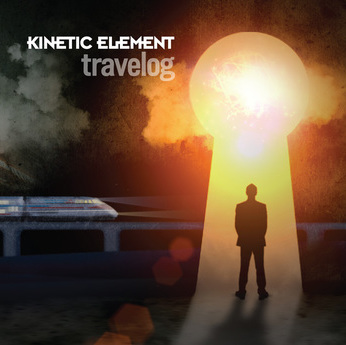
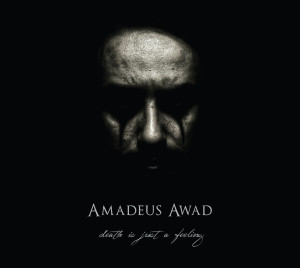
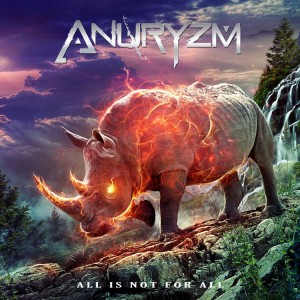
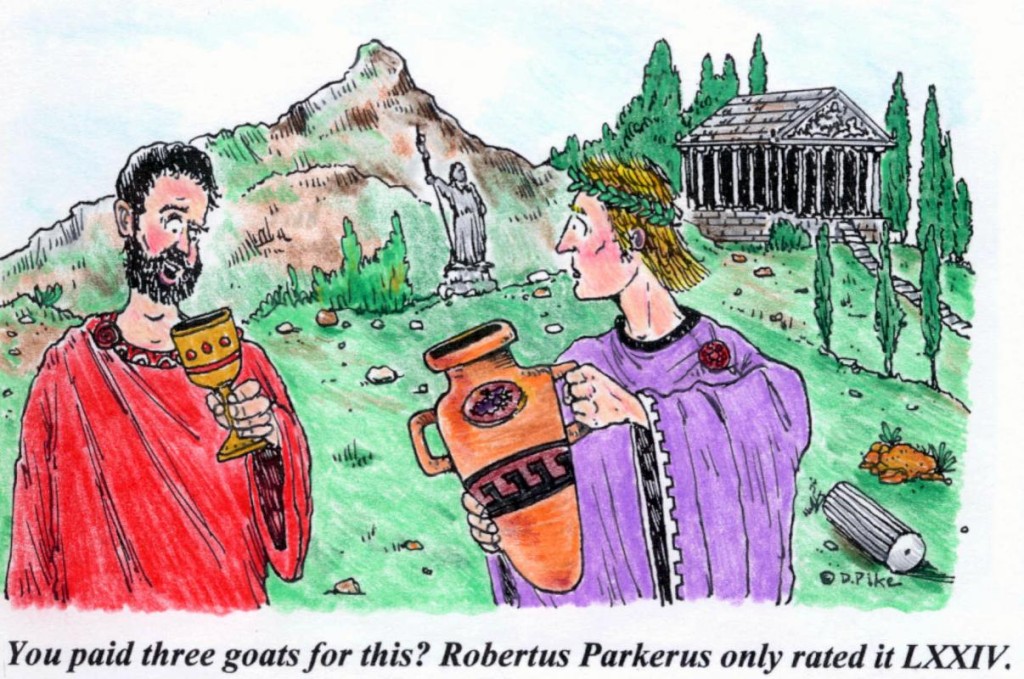
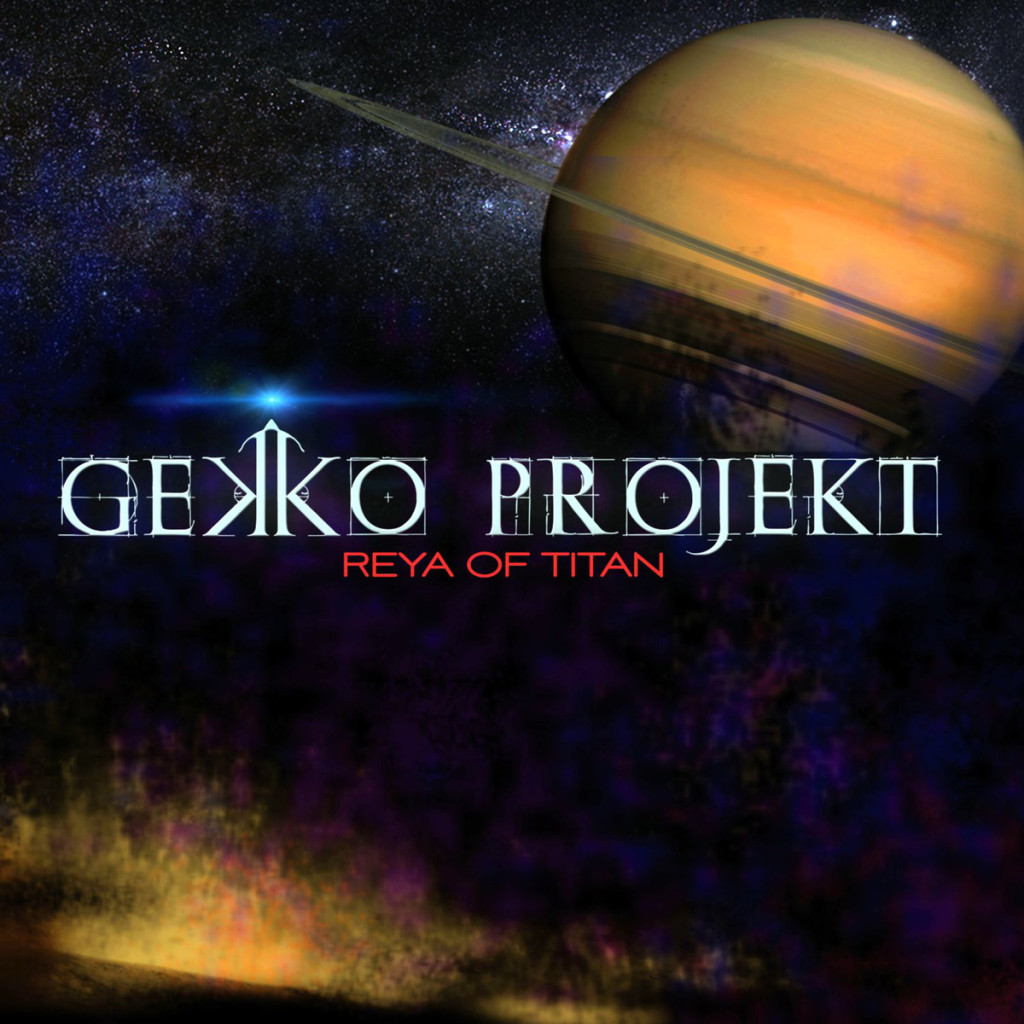 Gekko Projekt consists of Peter Matuchniak on guitar, Vance Gloster (keyboards), Rick Meadows (bass) and Alan Smith (drums). These four, all of whom have been around in the music scene for many years, founded the band in 2010 and released their debut album Electric Forest in 2012. For this new album, Rey of Titan, they joined hands with female vocalist JoJo Razor, with wonderful results. The four men each take their share of the male vocals on the album, but it’s JoJo’s voice that makes me shiver in combination with the four men behind her doing what they do best – play their instruments.
Gekko Projekt consists of Peter Matuchniak on guitar, Vance Gloster (keyboards), Rick Meadows (bass) and Alan Smith (drums). These four, all of whom have been around in the music scene for many years, founded the band in 2010 and released their debut album Electric Forest in 2012. For this new album, Rey of Titan, they joined hands with female vocalist JoJo Razor, with wonderful results. The four men each take their share of the male vocals on the album, but it’s JoJo’s voice that makes me shiver in combination with the four men behind her doing what they do best – play their instruments.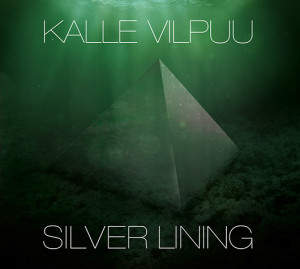
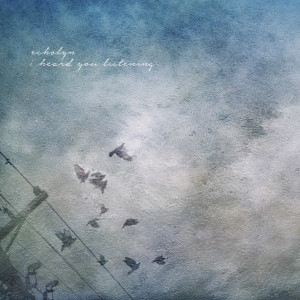 Now 25 years together, with only the bass player replaced has made Echolyn a stable force when it comes to composing their music. [Note: the bio I used as input for this intro contains a small flaw. Tom was in the band earlier from 1990-1995, so he didn’t join in 2003, but rather rejoined. – AH]
Now 25 years together, with only the bass player replaced has made Echolyn a stable force when it comes to composing their music. [Note: the bio I used as input for this intro contains a small flaw. Tom was in the band earlier from 1990-1995, so he didn’t join in 2003, but rather rejoined. – AH] However, once the melodic keyboards come in things change and become more symphonic – but the heavy touch stays and continues into the second track, Return of the King. A more complex track musically, with a great guitar and keyboard crecsendo at the end.
However, once the melodic keyboards come in things change and become more symphonic – but the heavy touch stays and continues into the second track, Return of the King. A more complex track musically, with a great guitar and keyboard crecsendo at the end.
